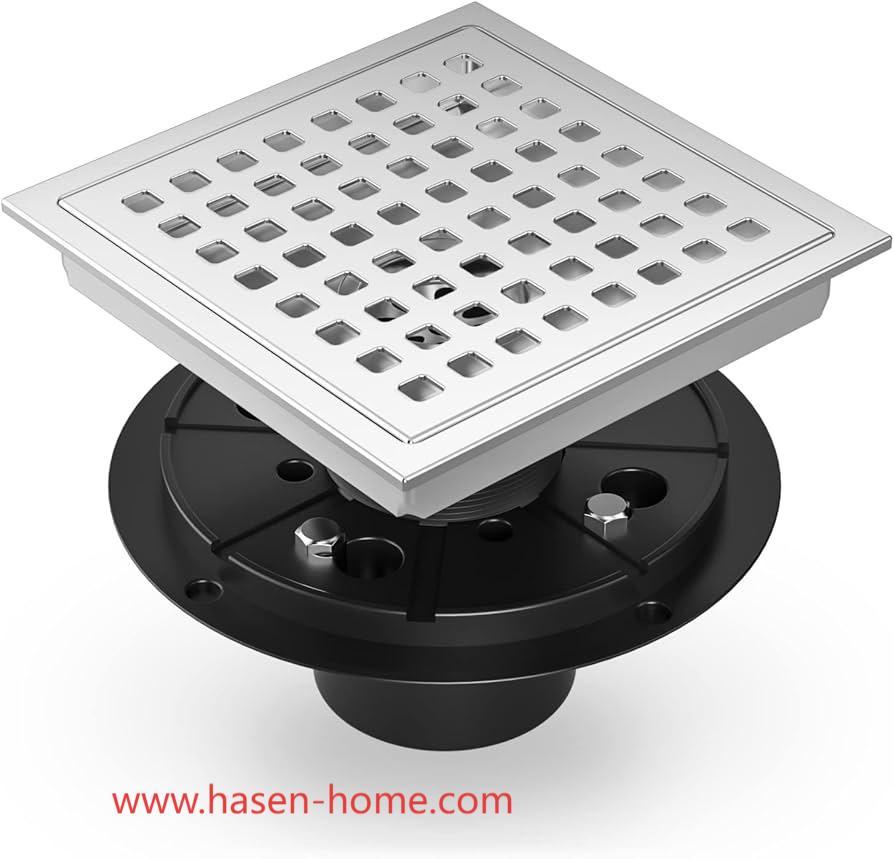Automotive Infotainment Market Share Evolves as Connectivity Becomes Core Vehicle Feature

The global Automotive Infotainment Market is stepping into a new era where in-vehicle systems are no longer optional extras but centre-stage components of the driving experience. Infotainment systems—which include audio, video, navigation, connectivity, display screens and user interfaces—are transforming how we interact with vehicles. As vehicles become more connected, software-centric and feature-rich, the share of infotainment modules in overall vehicle electronics spend is rising significantly.
The Importance of Infotainment in Modern Vehicles
In past decades, an infotainment system might have meant a radio and perhaps a basic screen. Today, it is the cockpit hub: integrating smartphone mirroring, voice commands, cloud services, over-the-air updates, driver assistance features and multi-screen environments. Because of this expanded role, automakers are allocating more content, cost and validation resources to infotainment systems. Therefore, the market share of these systems—both in unit count and in value per vehicle—is increasing. As OEMs push to deliver seamless user experiences that match consumers’ expectations of smartphone-like connectivity, infotainment becomes a strategic differentiator.
Drivers Behind the Growing Market Share
One key driver is consumer demand for connectivity and seamless digital experience inside cars. As consumers expect their vehicle to integrate music streaming, navigation, apps, smartphone connectivity, and personalized settings, infotainment system providers must elevate their offerings—and this pushes value upward. Another driver is the increasing electronic content per vehicle. Vehicle architectures are shifting: electrification, ADAS (advanced driver assistance systems), zone-based wiring, domain controllers—all of these require richer display and control systems, which bolsters the share of infotainment systems within the vehicle’s bill of materials.
Additionally, regional vehicle production growth and emerging market demand contribute. In regions where new vehicle sales are growing fast, automakers leverage infotainment features to differentiate in competitive marketplaces. Furthermore, the aftermarket for infotainment upgrades, firmware updates, integrated services and connected-car subscriptions also adds to the total market.
Lastly, the shift toward software-defined vehicles (SDVs) accentuates the relevance of infotainment. As vehicles move from hardware-centric to software-driven platforms, the systems that manage user experience—including infotainment—become more valuable.
Trends Shaping the Infotainment Market Share
Several important trends are shaping how infotainment systems gain share:
-
Large high-resolution displays and multi-screen layouts are becoming the norm, increasing material and software content.
-
Operating system convergence: Many vehicles are adopting Linux, Android Automotive OS or customised frameworks, which changes the value chain and creates software ecosystems.
-
Greater integration with connected services: Infotainment systems are no longer isolated modules—they link to cloud services, telematics units, and mobile apps. This raises system complexity and value.
-
Electrification and mobility trends: Electric vehicles (EVs) and shared mobility often place greater emphasis on user experience and cabin features, meaning infotainment becomes even more central.
-
Aftermarket upgrades and subscription services: Automotive OEMs and tier-1 suppliers are offering software upgrades, connected features, and infotainment add-ons, creating recurring revenue streams and raising the overall market share beyond just initial vehicle sale.
Regional Dynamics
Regionally, the Asia-Pacific region currently leads in volume given the massive vehicle production and large consumer markets, which drives share growth in units and scale. Meanwhile, North America and Europe show higher value per vehicle due to premium vehicles, advanced features and stringent regulations for driver information systems. As emerging markets adopt higher levels of connectivity and infotainment features, their contribution to global market share is rising, shifting the global balance.
Challenges and Opportunities
Despite the strong momentum, several challenges remain. Supply-chain constraints (especially for semiconductor components), rapidly changing software requirements, cybersecurity concerns, and the need for standardisation pose risks. From an opportunity standpoint, there is major potential in continuous software updates, subscription-based infotainment services, integration with autonomous-driving user interfaces and aftermarket retrofits. Suppliers who can deliver scalable hardware + software ecosystems, global support networks and modular architectures are best positioned to expand their share.
Looking Ahead
As vehicles continue to evolve—becoming smarter, more connected, shared and electric—the share of the automotive infotainment market will continue to grow both in absolute value and in proportion of vehicle cost. The days when infotainment was a feature list option are over; it is now a core system that influences purchasing decisions and revenue models post-sale. For OEMs, suppliers and service providers, it is essential to treat infotainment not as an after-thought but as a strategic platform. The market share gains are being made now by those who prioritise seamless connectivity, strong UX (user experience), flexible software platforms and global scale. In this shifting landscape, infotainment is not just about entertainment—it is about the future of mobility and how vehicles communicate, connect and engage with users.
More Related Report
Automotive Active Spoiler Market Size
All-Terrain Vehicle (ATV) Engines Market Size
Categories
Read More
The global Automotive Wiring Harness Market is witnessing a significant transformation as vehicles evolve into highly-electrified and connected machines. Wiring harnesses—once simple bundles of wires linking components—are rapidly becoming complex integrated systems that carry high-voltage power, data signals, sensors, and modular modules. With every new vehicle generation,...

Executive Summary Liquid Analytical Instrument Market Size and Share Forecast CAGR Value The Liquid Analytical Instrument Market was valued at USD 510 million in 2025 and is projected to reach USD 720 million by 2032, growing at a CAGR of 5% during the forecast period. The Liquid Analytical Instrument Market report showcases the list of top competitors and gives the insights on...

A well-functioning bathroom depends on carefully engineered components. As a professional Shower Drain Kit Factory , hasen-home designs complete solutions that integrate water management, hygiene, and aesthetics. Each kit is crafted to ensure efficient drainage while maintaining a sleek appearance, supporting residential and commercial applications. High-quality materials underpin reliable...

Análisis detallado del resumen ejecutivo del tamaño y la participación del mercado del aceite de coco Valor CAGR Se espera que el mercado del aceite de coco alcance los 5.880 millones de dólares en 2028, creciendo a una tasa de crecimiento del 4,60% en el período de pronósticos de 2021 a 2028. En el informe de investigación de mercado...

The US Live IP Broadcast Equipment Market is witnessing rapid advancements as broadcasters increasingly adopt IP-based solutions to enhance live transmission quality and efficiency. With rising demand for real-time content delivery, this market is positioned for substantial growth, driven by innovations in streaming technology and the expansion of digital broadcasting infrastructure....
